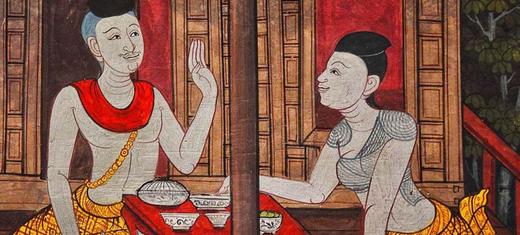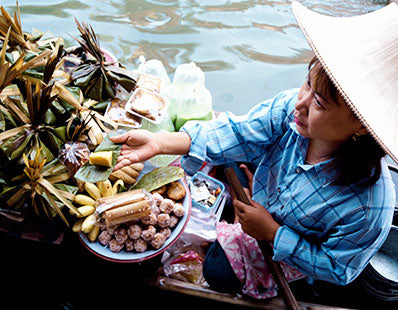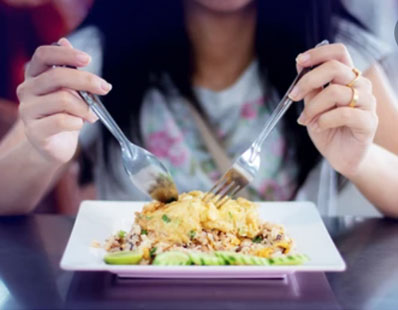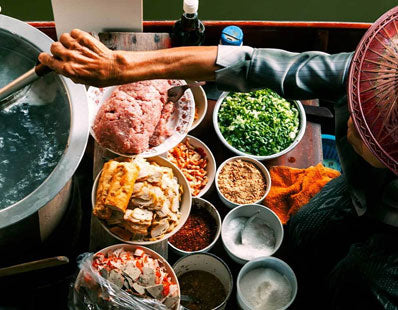My shopping cart
Your cart is currently empty.
Continue Shopping
Thailand undoubtedly has some of the world’s most fascinating cooking traditions and etiquette surrounding food. Certainly a significant aspect of the country’s culture, part of the appeal not only lies in sampling all the exquisite flavours and textures but understanding how they are meant to be consumed and enjoyed.

Don’t plan to order your own dish, all meals are shared in Thailand. Thai people have a very friendly and social nature, so naturally they enjoy eating in big groups and they usually order enough for the entire table as it is customary to sample several dishes at one time.
Unlike Westerners, Thais do not put big servings of food on their plate all at once. Begin with a portion of rice and gradually make your way around the other dishes served on the table, helping yourself to small amounts of each. Thais do not like wasting food so be mindful of how much you put on your plate, make sure you finish everything you have piled on there!

The most consumed food and a defining part of Thai cuisine. One thing is certain you will not find any locals eating a meal without rice! It is thought to have its own soul which highlights its importance in the country’s culture.
Symbolized by Mae Posop, or “Rice Mother”, who is born from rice, then later falls pregnant and gives birth to more rice, creating a cycle of life of its own. The prominence of rice is also emphasized by the fact that the verb “to eat” (kin khao) in Thai translates to “eat rice”. Used as a vessel that can be drenched in various curries and sauces but can also be used to null the sting of the spiciest of dishes.

Thai people revolve their lives around food, they are huge foodies! Meals are always planned meticulously, and recommendations for food and restaurants are the most popular topics of conversation amongst locals
There is no concept of having three big meals in one day as Westerners are used to doing. Thais eat whenever they feel hungry and they will literally drop whatever they are doing to satisfy their cravings. They eat little portions often throughout the day, they are renowned for their snacking! Which explains why you will not see them helping themselves to big servings of food during mealtimes.

Contrary to what many tourists or visitors think chopsticks are not a common utensil to eat Thai food with! They are typically used for noodle dishes or to consume Chinese food only. The primary eating utensil is the spoon, held in the right hand, and a fork in the left.
Use the spoon to scoop rice off your plate first, then use the fork to arrange food onto the spoon to accompany the rice. Knives are nowhere to be found outside of the kitchen, use the edge of your spoon to cut food into smaller bites if necessary.

One of the best things about Thai food is the careful juxtaposition of aromas and ingredients in their dishes. There are four prominent flavours in Thai cooking: spicy, sour, sweet and salty.
During meals dishes are carefully selected to make sure there is enough of each to equalise all of these different vibrant palate parameters. Thai eating etiquette dictates that you should eat slowly which allows for more time to truly savour each bite.